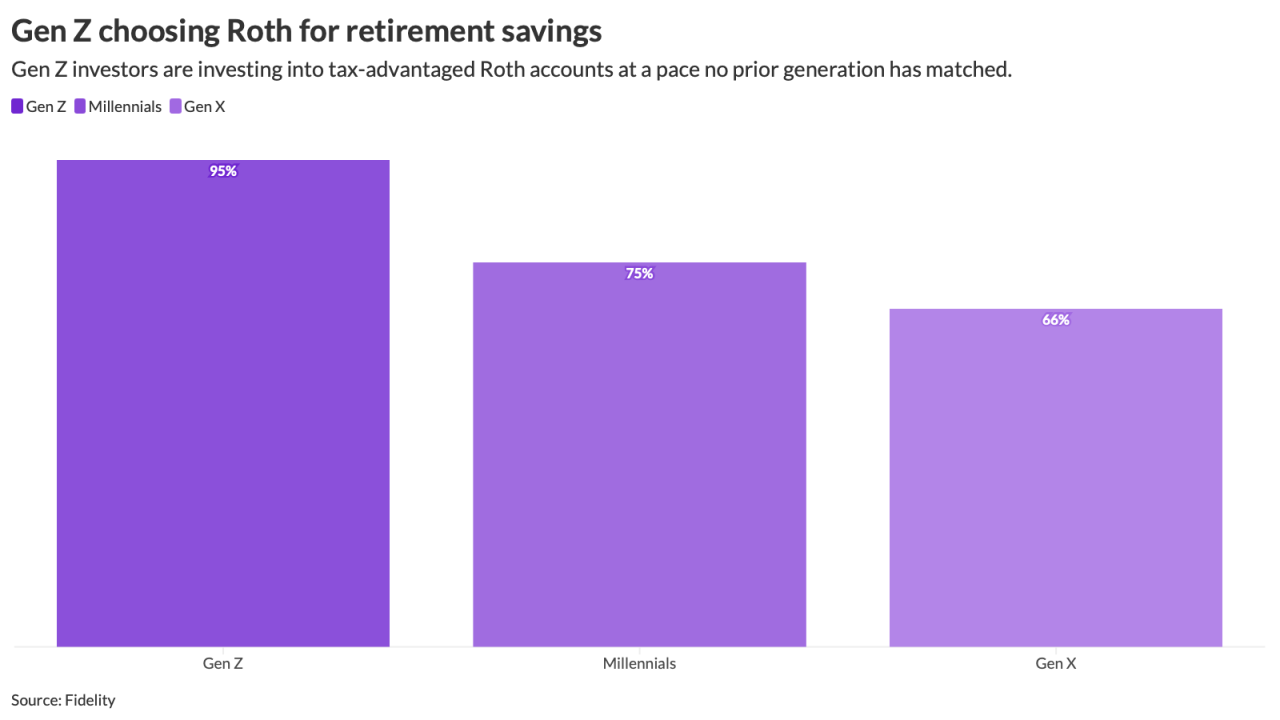The pressure to upskill can be felt everywhere in the workplace — from the boardroom to the breakroom. However, while employers are racing to
These emotional barriers are often overlooked in
According to a recent McKinsey report,
Read more:
So, how can HR and benefits leaders help employees move from fear to forward momentum? Here are five proven strategies to best help your employees as they embark on their upskilling journeys.
Equip managers to be learning champions: Employees often take their cues from their managers, yet many managers don't feel adequately prepared to support working learners — especially those that are not only juggling their workload and coursework, but also significant family responsibilities. That's why leading companies need to invest in the creation of manager toolkits, which can include everything from conversation guides for discussing learning goals to tips for offering flexibility and encouragement. When managers are empowered to lead with empathy, employees feel more confident stepping into the unknown.
Remove financial barriers with thoughtful education benefits: One of the most common barriers to upskilling is financial fear, with employees worried about taking on debt or investing in programs that may not pay off. To help eliminate these barriers, consider an education program that includes 100% tuition coverage for in-demand programs and offer a variety of learning opportunities including short-form credentials and certifications. Programs like Papa Johns' Dough & Degrees have shown that when education is accessible and debt-free, participation and retention soar. In fact, a 2023 survey of program participants revealed a 211% higher average restaurant team member tenure and a 79% graduate retention.
Read more:
Create a culture of learning through storytelling: It's human nature to be inspired by your peers, so it's no surprise that employees are more likely to believe they can grow when they see their colleagues already doing it. Consider highlighting real employees who have used your education benefits to grow into new roles via internal communications, town halls and your company's intranet. These stories won't just inspire others, but also normalize learning and make it feel more achievable.
Acknowledge that it's hard — but worth it: Upskilling while working full-time is no small feat — and when a company pretends otherwise, it can backfire. Instead, acknowledge and validate the challenge while letting employees know that it's okay to feel overwhelmed and that support is available to them every step of the way. This type of honest, human communication builds trust and helps employees feel understood — which ultimately results in them being more likely to persevere.
Show the path forward with career pathways: For many, fear often stems from uncertainty. Employees want to know: Where will all these efforts lead me? Career pathways specifically tailored to your company can help answer that question. Consider offering a clear visual portrayal of how certain skills connect to new roles, transparent timelines for advancement and access to personalized career coaches. When employees can see the destination clearly, they're more likely to start the journey.
Read more:
Upskilling isn't just about filling roles — it's about unlocking human potential, and that needs to start with empathy at the forefront. CHROs and benefits leaders who recognize and address these emotional and logistical barriers are the ones who will build resilient, future-ready cultures. When learning is embedded into the fabric of your organization — not just offered, but actively supported and celebrated — employees don't just grow. They stay, they thrive, and they help propel your business forward.






